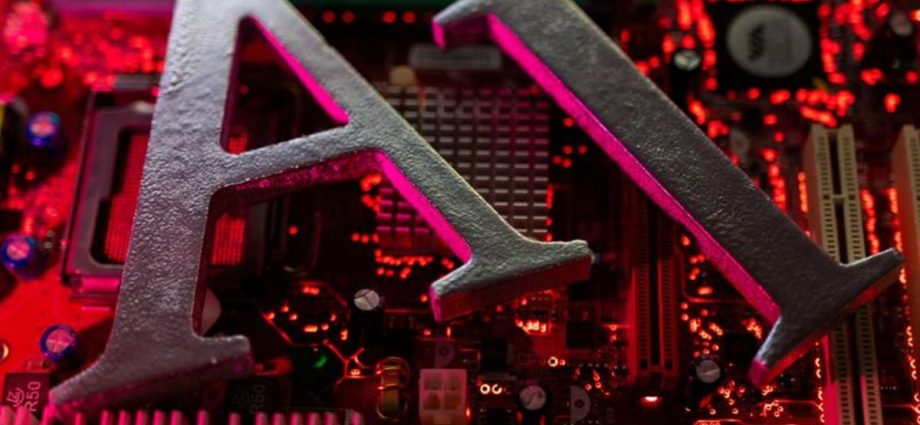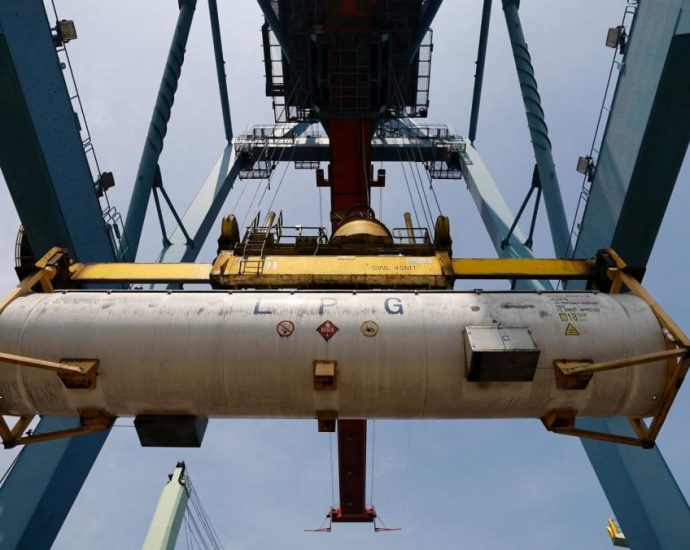China’s Xi calls for self sufficiency in AI development amid US rivalry
In a crucial strategic area of the country’s struggle with AI, China’s President Xi Jinping pledged” self-reliance and self-strengthening” on Saturday ( Apr 26 ), the country’s state media reported on the report. Xi said China should use its “new full national technique” to advance the development of AI duringContinue Reading











